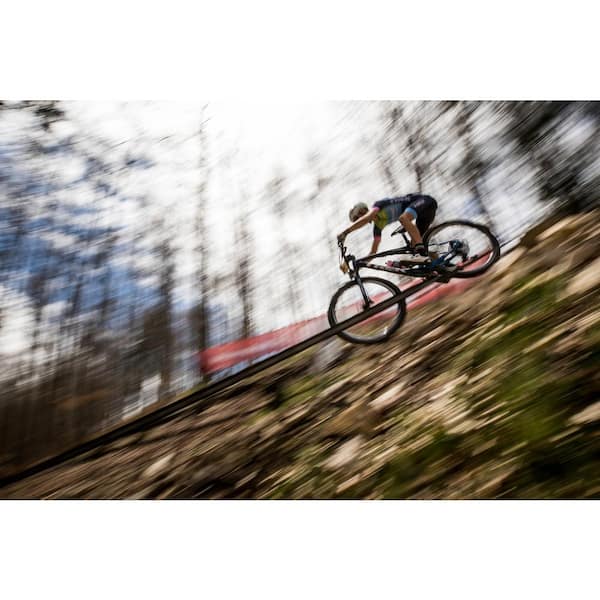
When it’s working properly, you don’t even realize it’s there-but when it’s not, it’s probably the only thing you think about. You can also be scientific about things by getting a bike computer that lets you precisely monitor cadence as you ride.The chain is one of the most important parts of a bicycle, but it's often overlooked. You’ll probably get a sense of a good cadence for you after a few rides. Try to maintain the highest pedaling speed that’s comfortable for you to sustain for the duration of your ride. Using an easier gear and pedaling at a higher cadence is more efficient than pedaling slower in a harder gear. When in doubt, use an easier gear: Being in a hard-to-pedal gear might seem faster, but it saps your strength quickly and can take a toll on your knees. If you hear a lot of grinding, that can be a sign that you're shifting while applying too much pressure on the pedals-and excessive grinding will wear out your drivetrain more quickly. On flats or downhill sections, it’s OK to shift through more than one gear at a time. If you do shift on a hill, shift one gear at a time, and momentarily relax pressure on the pedals as you’re shifting. Tips for Proper ShiftingĪnticipate the terrain: Shift right before you start climbing, not halfway up when you’re slowing rapidly and applying maximum pressure on the pedals. The best thing to do is get out there and experiment until you develop muscle memory for which shifters to use at which times. You might be thinking it’s going to be hard to remember all these details.


While the range of gears on hubs may be limited, they have the advantage of needing less maintenance, being simpler to use and have the ability to shift gears while coasting or waiting at a stoplight.īroadly speaking, mountain bikes have lots of low gears so you can climb steep hills more easily, while road bikes have more higher gears to boost top-end speed. On most bikes the right-hand shifter controls the rear derailleur and the left-hand shifter controls the front derailleur.Ī growing number of bikes use an internal-gear hub, which typically eliminates the need for derailleurs, cassettes and multiple chainrings. Shifters: These controls, whether levers, twist grips or integrated with brake levers, operate the derailleurs via cables (or circuitry in electronic shifters).

Most bikes will have a rear derailleur, whereas not all bikes will have a front derailleur. The number of teeth on the cog and chainring combine to determine how easy or hard it is to pedal.ĭerailleur: This is the mechanism that physically guides the chain from cog to cog or chainring to chainring when you shift gears. Bikes have one, two or three front chainrings (gears).Ĭassette: Your bike’s rear cassette is the stack of cogs (gears) mounted on the right-hand side of your rear wheel.Ĭhain: The chain connects the front chainrings and the rear cogs, so that when you turn the pedals you also turn the wheels. Crankset: The component your pedals are attached to has several parts, with chainrings (sprockets) being a key component in shifting.


 0 kommentar(er)
0 kommentar(er)
